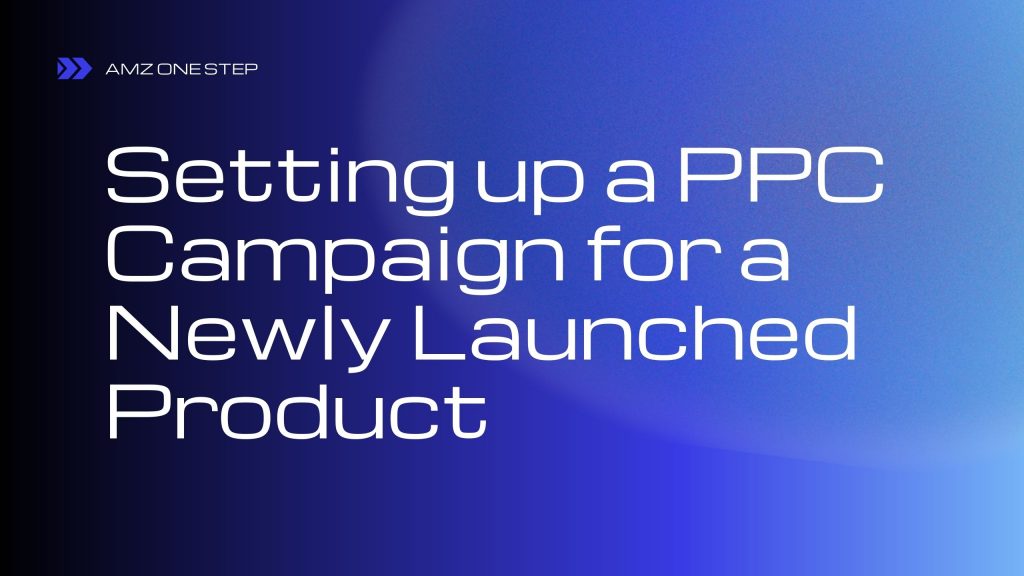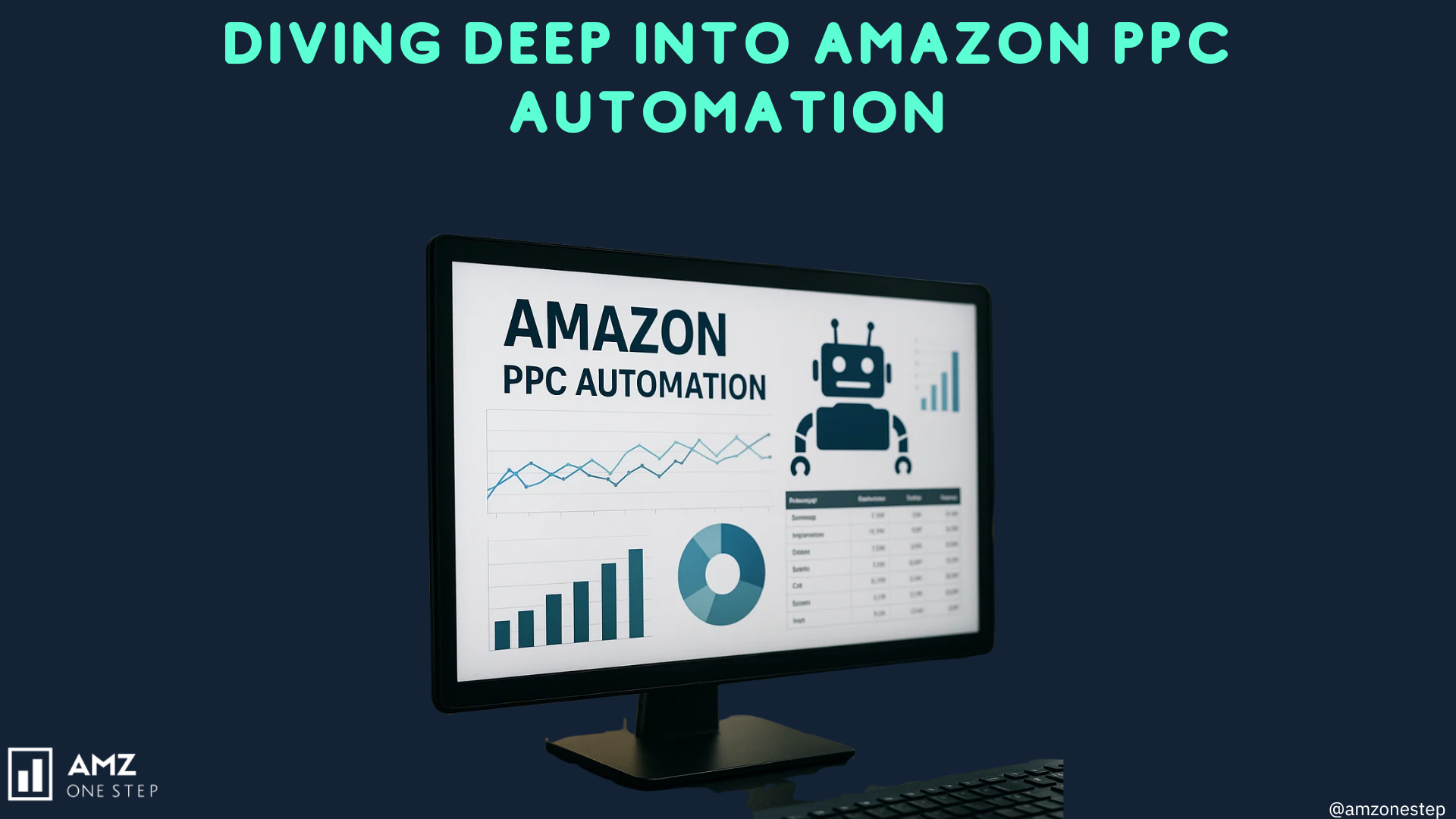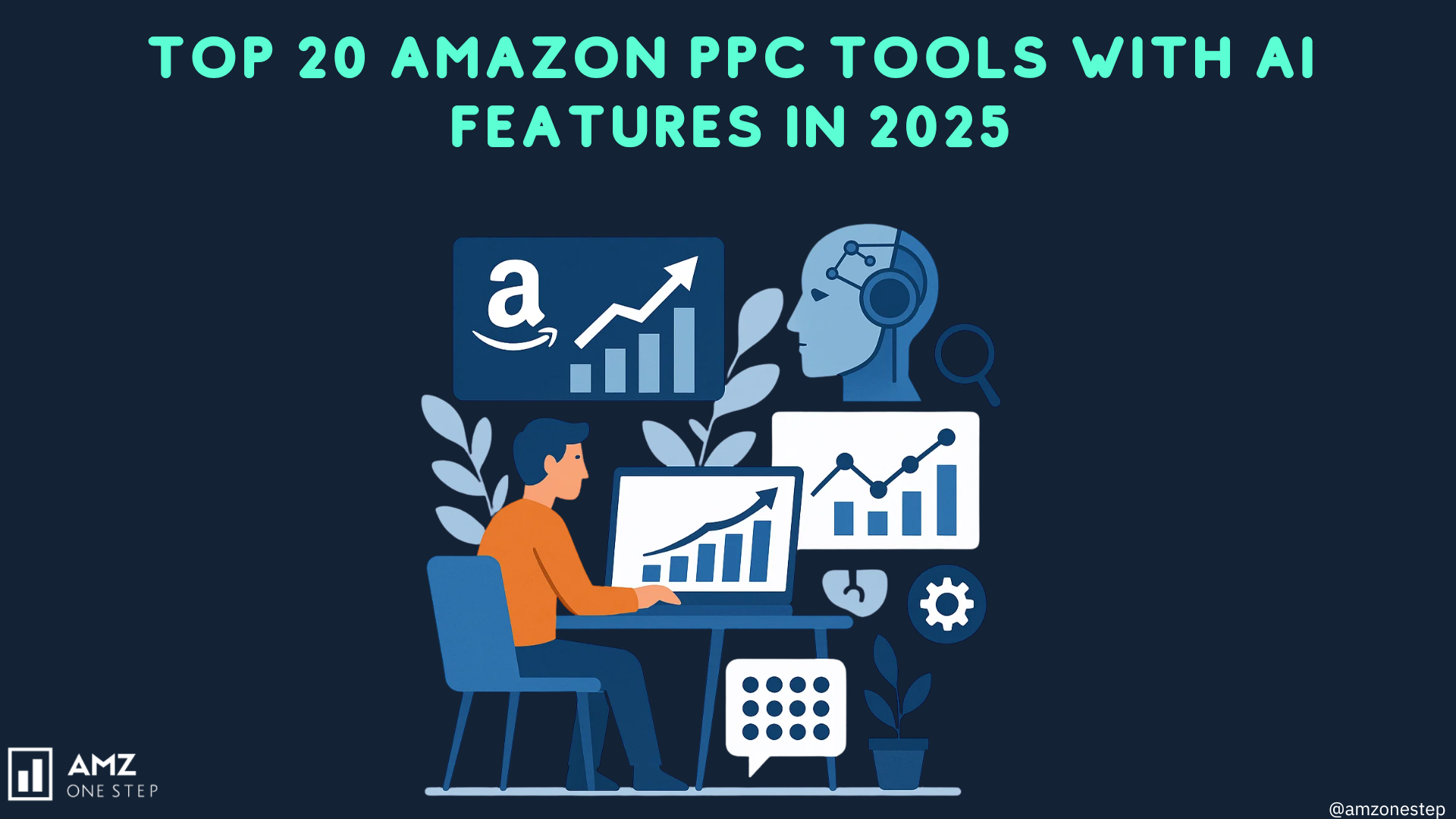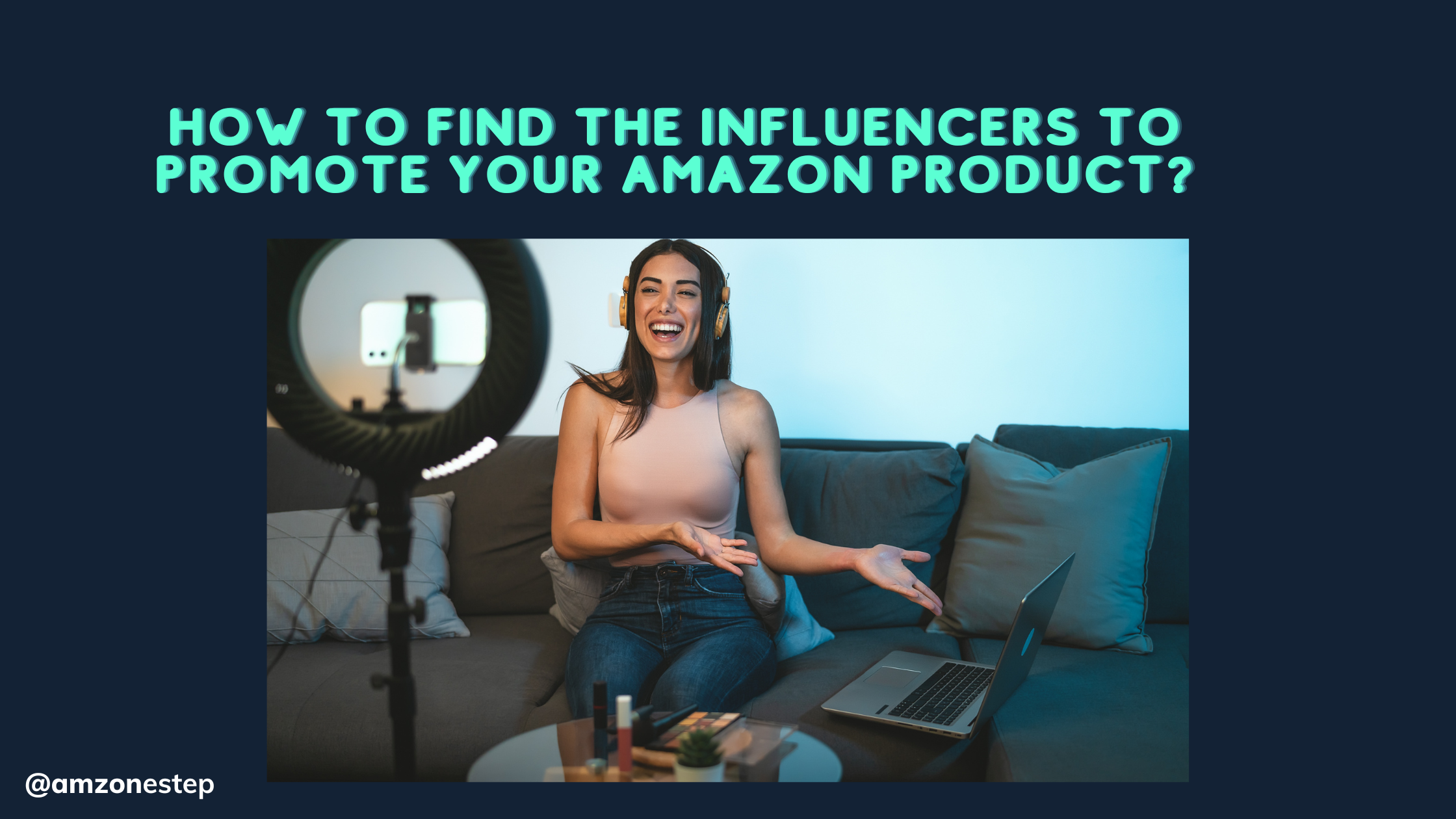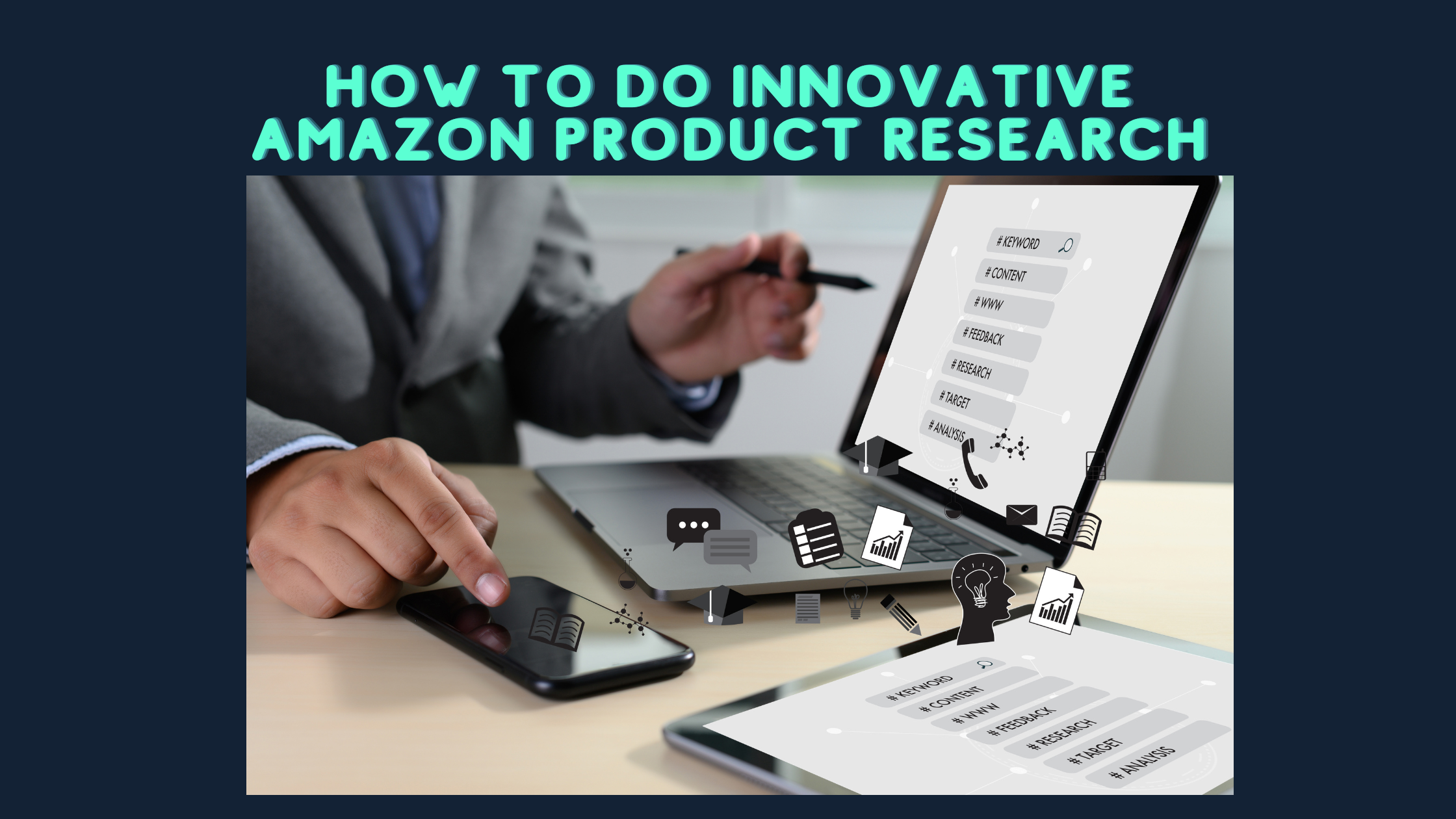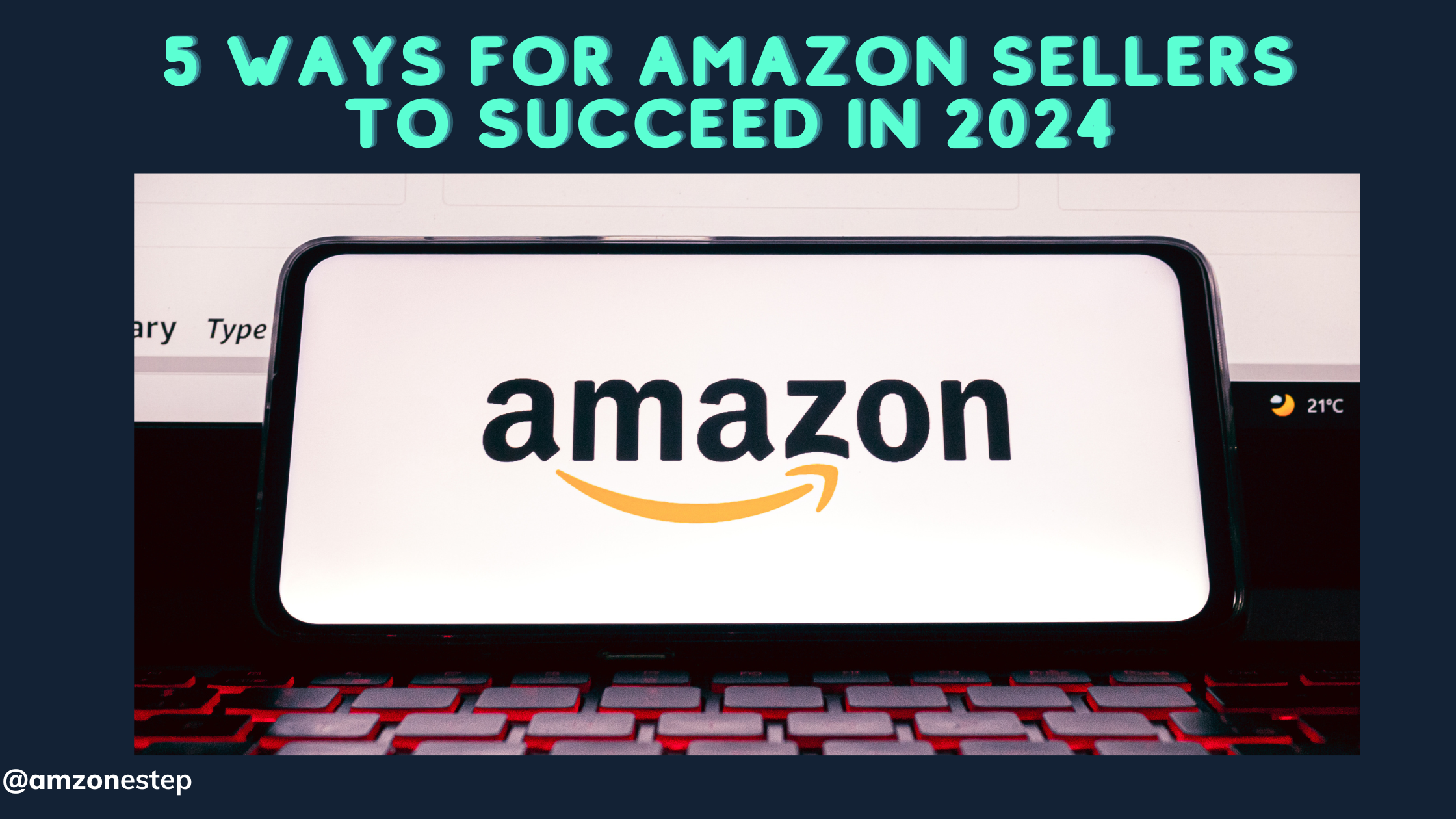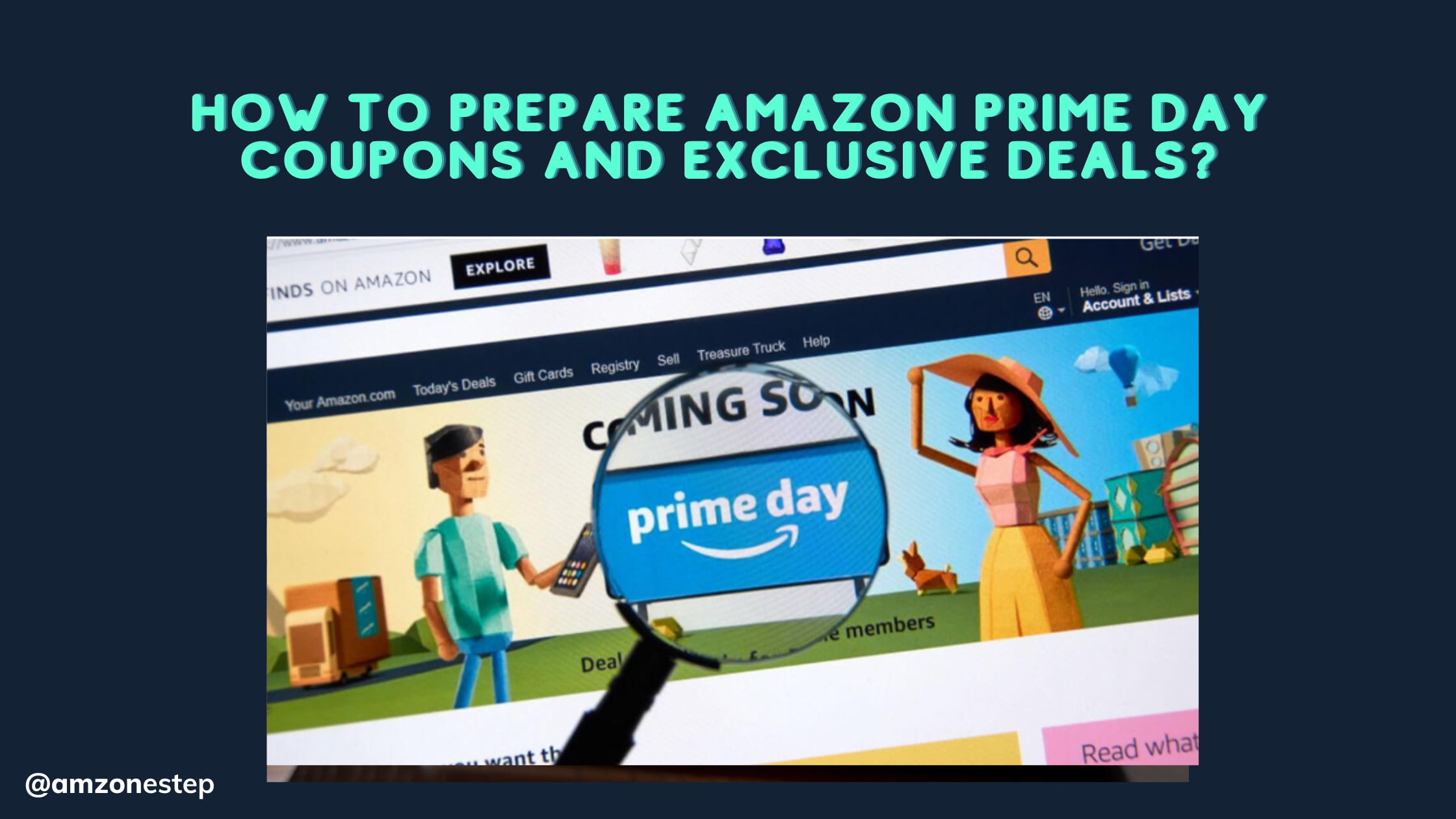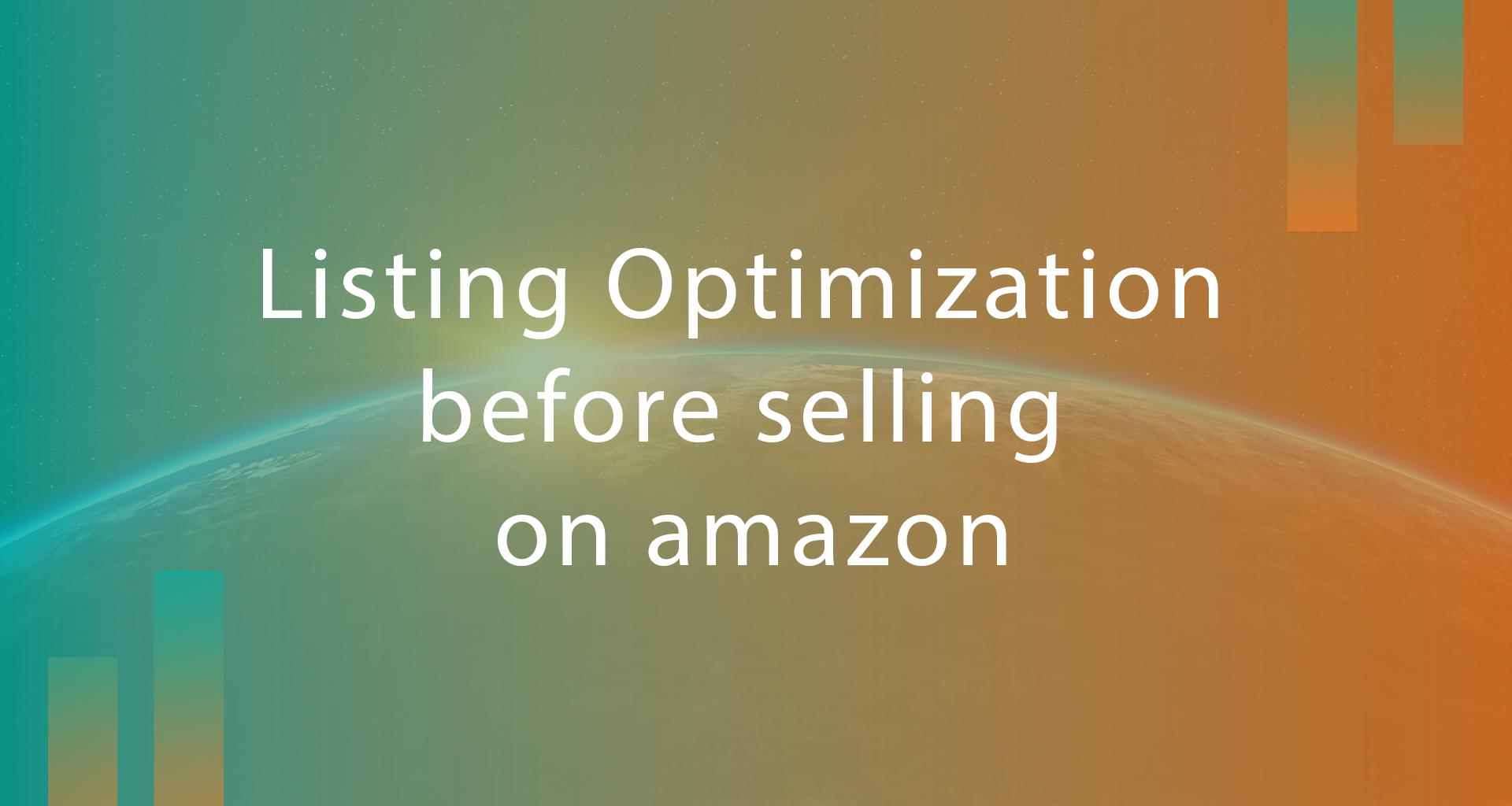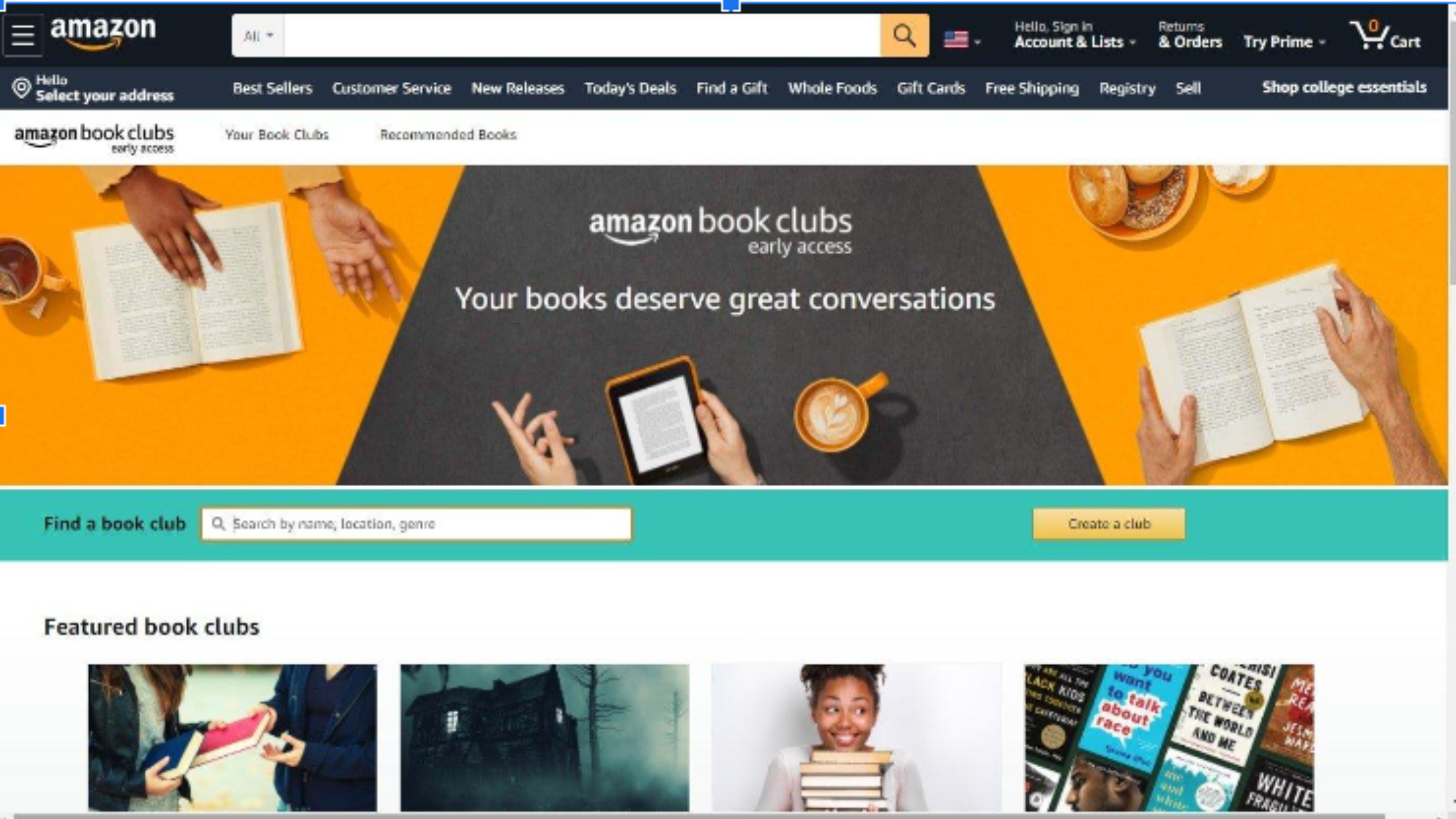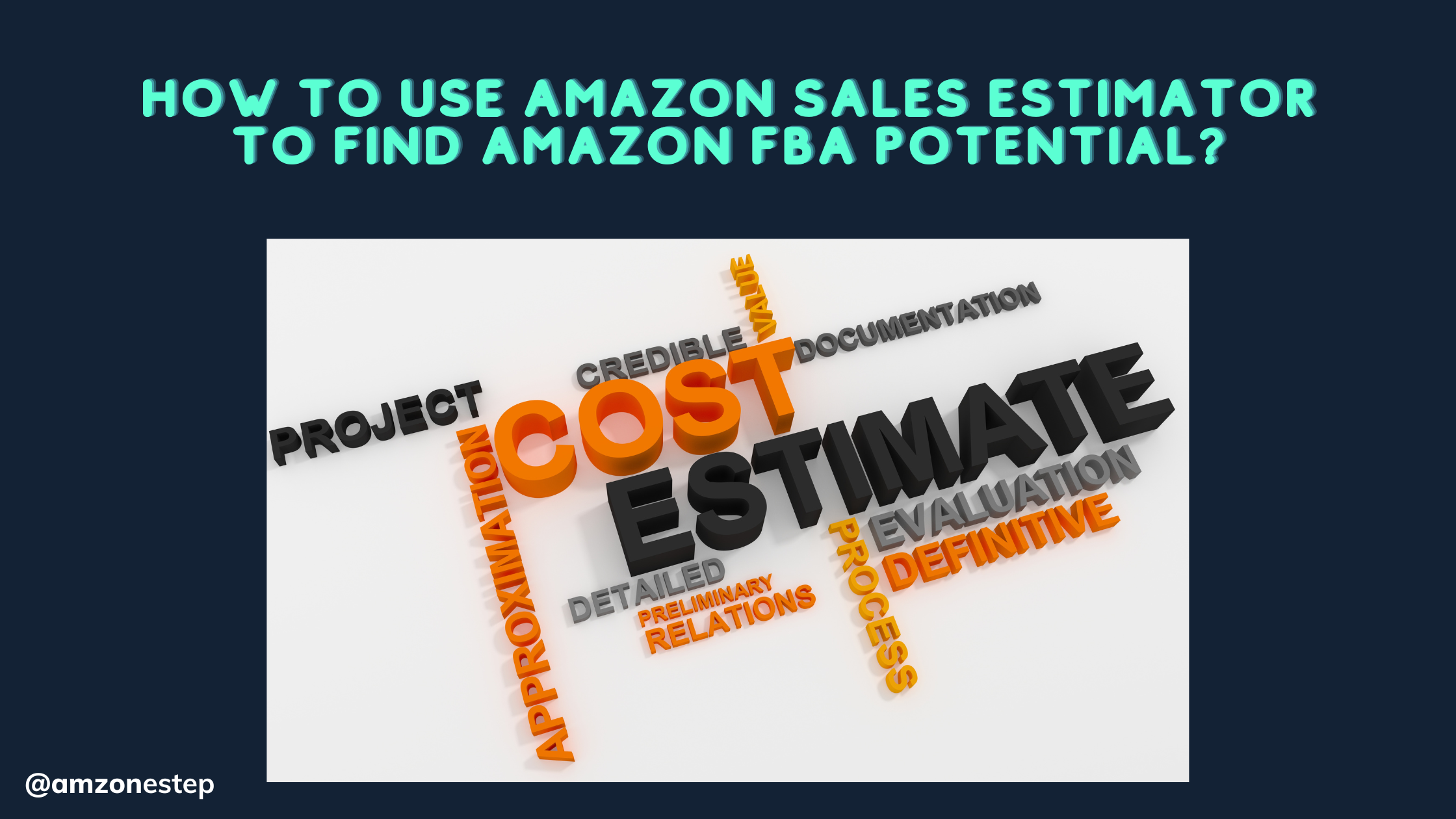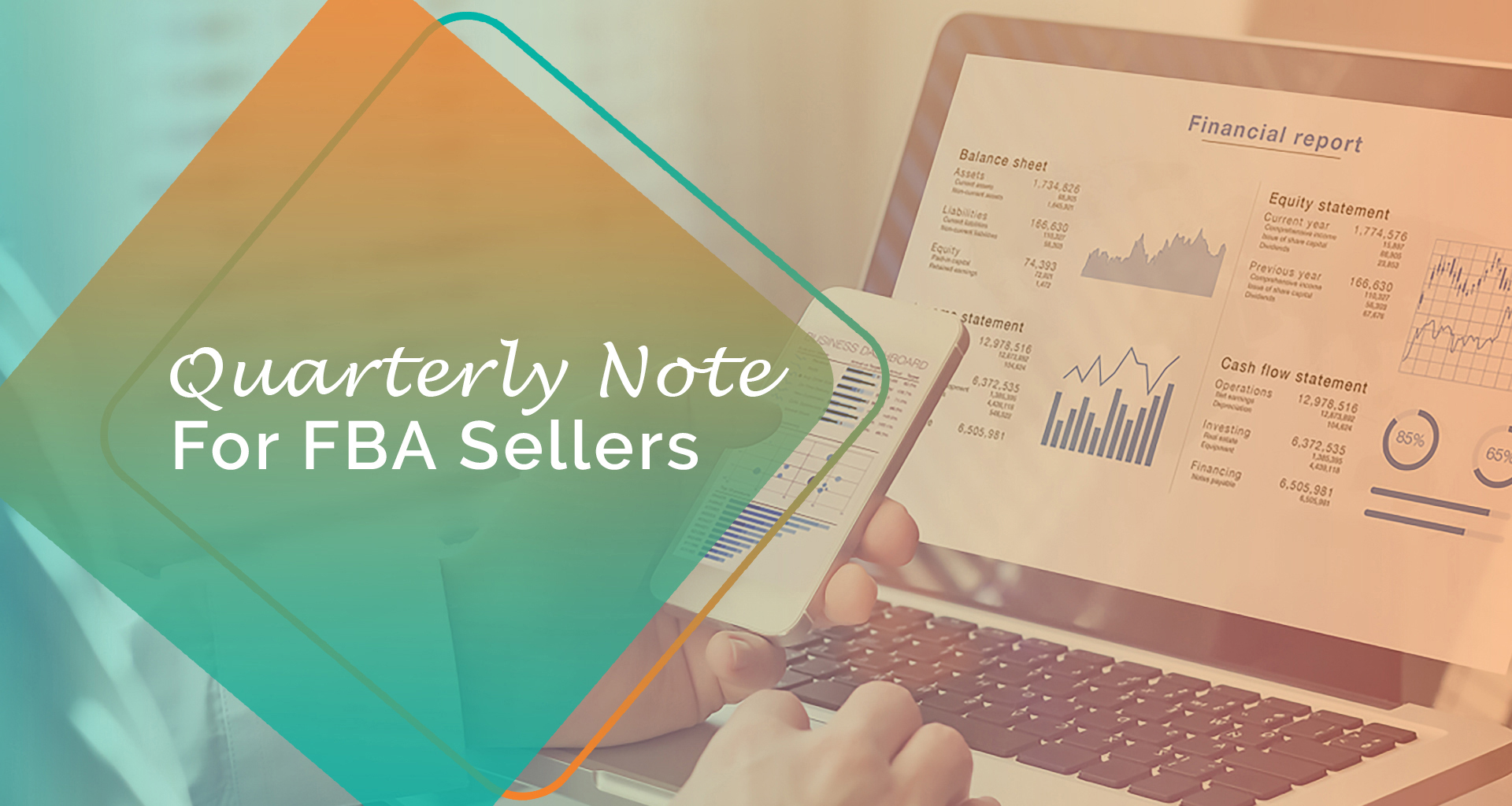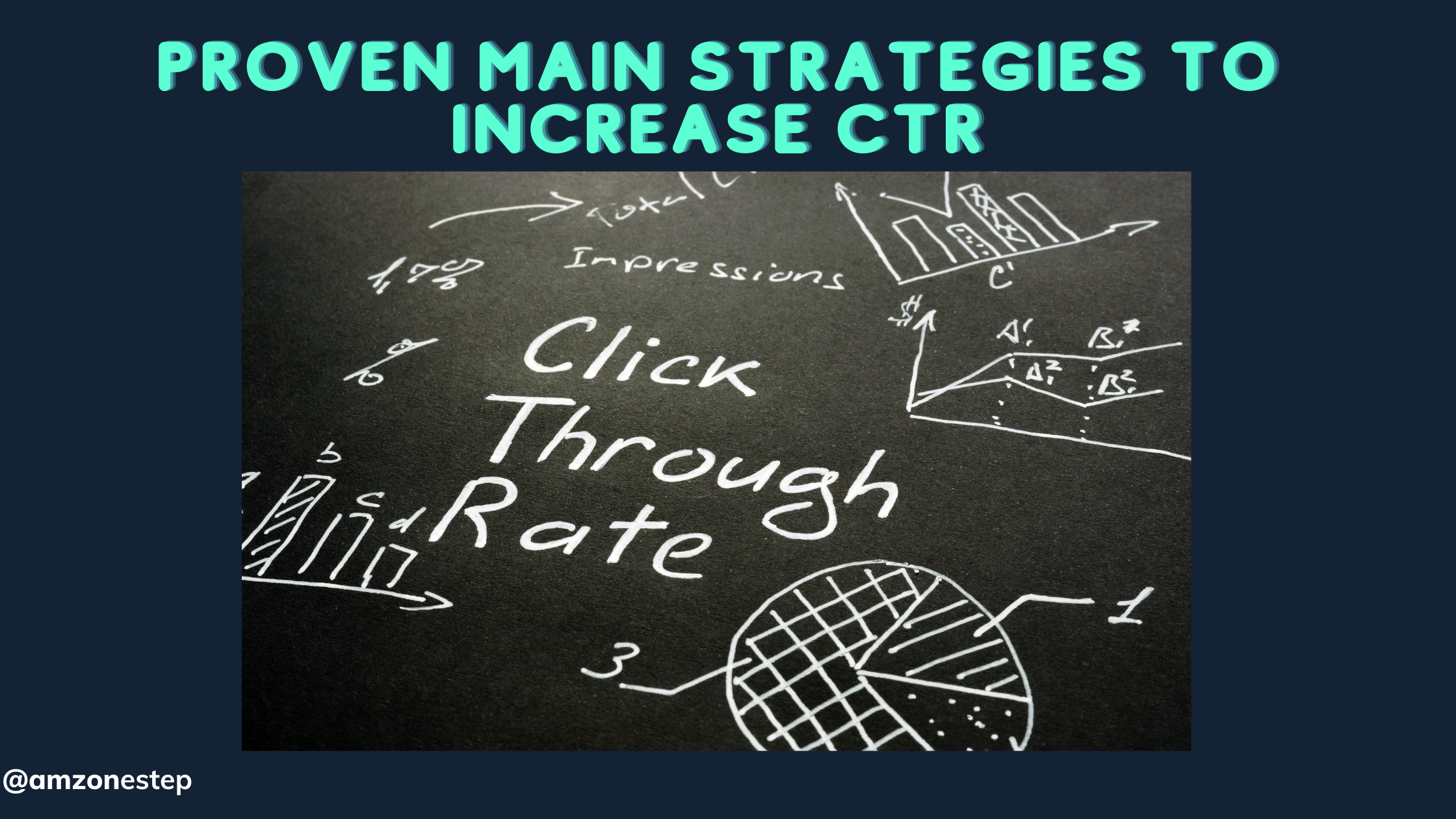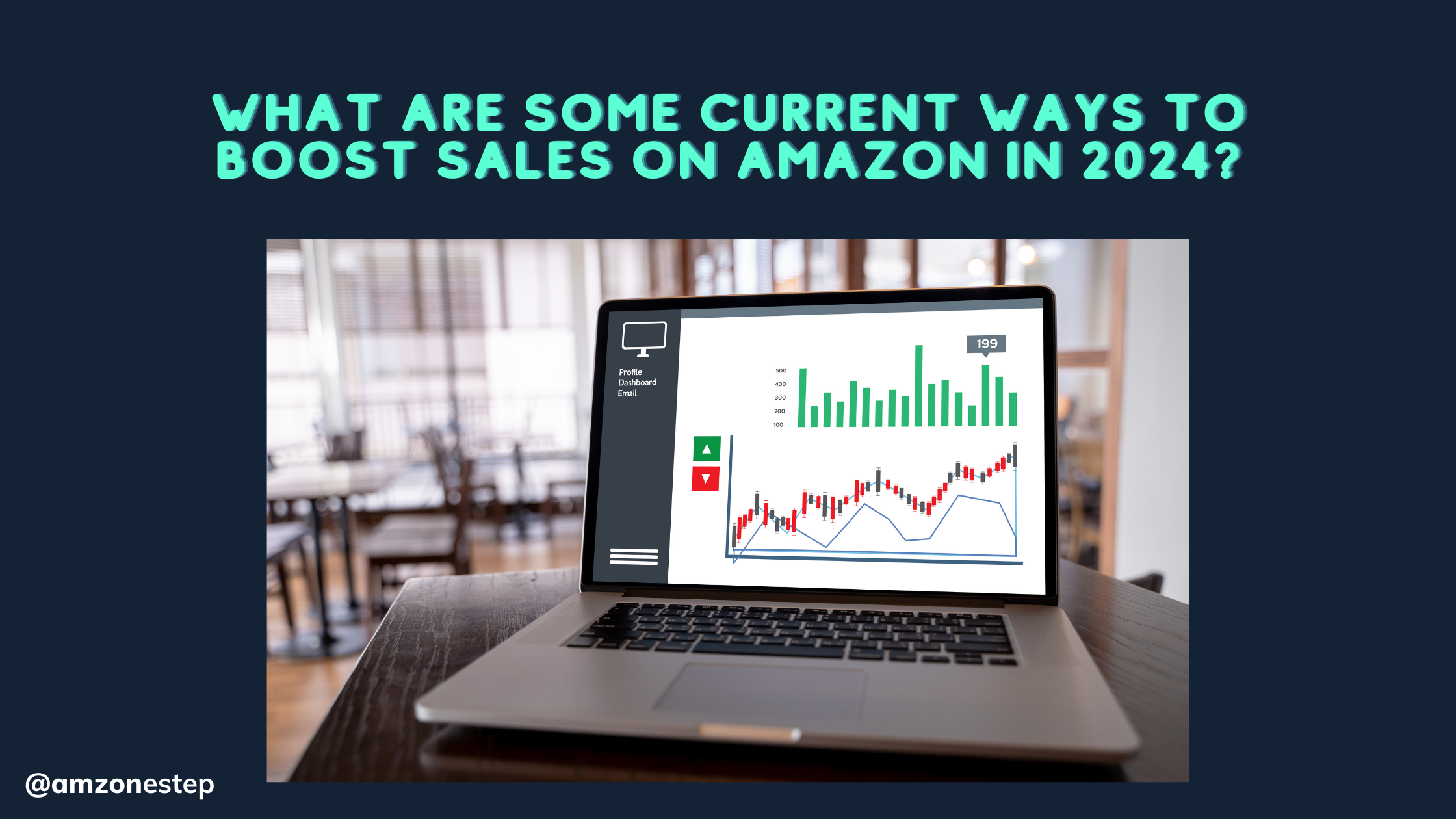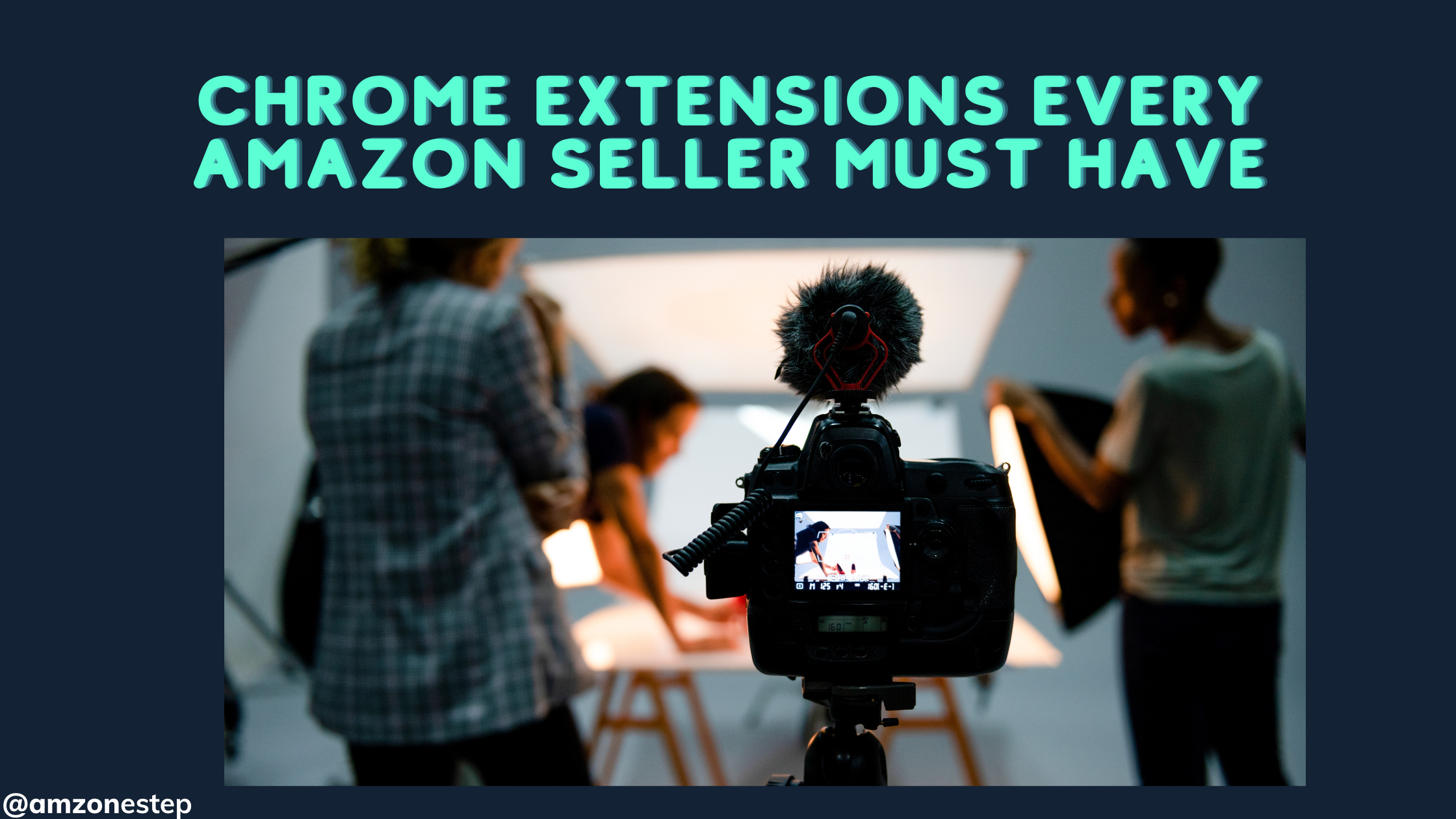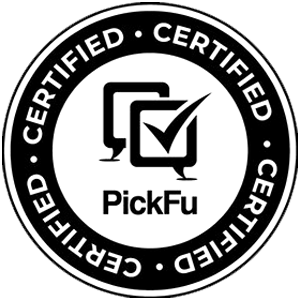Setting up a PPC campaign on Amazon can be critical to your success in driving traffic to your listing, and it’s particularly important if you just launched your product listing. Understanding PPC will allow you to succeed in operating your automatic and manual campaigns.
This blog will be a crash course for PPC on Amazon, going over what PPC is, automatic and manual campaigns, negative keywords, and some other tips and tricks.
No let’s dive in!
What is PPC?
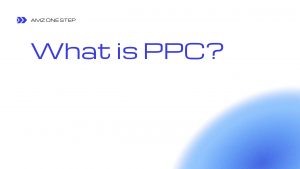
PPC stands for “pay-per-click” and refers to the cost per click on an ad. It’s a type of advertising where advertisers pay each time their ad is clicked or viewed by someone who sees it online, in a mobile app, or on TV.
So how does this work? Say you want to advertise your new product on Amazon. You’ll need to set up a campaign with Amazon that includes keywords (keywords are words people might search for when they’re looking for products like yours), budgeting information, and other vital details such as the types of ads you want
The Benefits of Amazon PPC
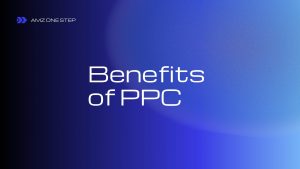
– You can advertise on the most popular site in the world and reach a large number of people that may not know about your product or service otherwise. This can lead to sales right away if you have a good campaign set up
– It is easy and accessible for anyone with an Amazon account to set up their own Amazon PPC campaign. Anyone can start with a $10-20 budget and see how it performs
– You can target specific customers by location, keywords, or product category using Amazon PPC campaigns
There are two types of PPC campaigns you can set up: manual and automatic. Let’s start with automatic because that is the easier of the two.
Automatic PPC Campaigns

Automatic PPC campaigns are great if you’re just starting out. Amazon aids you in the process, and it can help you learn along the way so that later on, you can really understand the process. You can also gain valuable data on your PPC campaigns that you can carry forward to your future campaigns.
Here’s a quick overview of how to set it up:
1. Go to ‘Campaign Manager’ under ‘Advertising’ in seller central. Create campaign. Click ‘Sponsored Products.’
2. Name it. Choose end and start date.
3. Recommended daily budget is $10-$20.
4. Make sure that you’ve checked ‘Automatic Targeting’ at the bottom.
5. Scroll down and select the product that you want to advertise for.
6. Then set your ‘default bid.’ Adjust bid amount if need be. Then press launch campaign.
Although automatic campaigns can be great for beginners, you must also understand the downside. The downside being, you are sacrificing control for ease of use.
As I said, I don’t think it’s a bad idea to run automatic campaigns, but Amazon may not optimize the spending on your campaigns.
If I were to launch a new product, I would do automatic campaigns for a while until I learned how they really work. After I had a good understanding, then I would look to do manual campaigns.
So once you’re that experienced PPC master, here’s how you go about those.
Manual PPC Campaigns
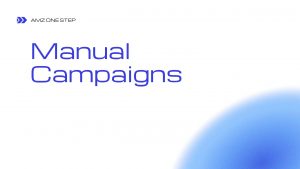
As I mentioned previously, the upside to manual campaigns is that you have a lot more control. That being said, it is a double-edged sword because that control requires you to constantly evaluate your campaign.
You will need to understand what the optimal keywords are and what budget you should be setting.
When you’re ready, here is how to set up a manual campaign.
1. Go to ‘Campaign Manager’ under ‘Advertising’ in seller central. Create campaign. Click ‘Sponsored Products.’
2. Name it. Choose end and start date.
3. Recommended daily budget is $10-$20.
4. Make sure that you’ve checked, but this time under targeting, put “manual targeting” at the bottom.
5. Scroll down and select the product that you want to advertise for.
6. Then set your ‘default bid.’ Then, whenever someone clicks on your ad, how much money do you want to spend.
7. If you scroll down the screen, Amazon does offer keywords that they would like to target under “Related.” In addition, if you want to enter your own keywords, there is a tab for “Enter List.”
8. Once you have the keywords set, then press ‘launch campaign.’
You can actually use keywords that Amazon suggests if you think that they are relevant, but I would recommend doing your own keyword research using programs like Helium 10 or Jungle Scout to find the best ones.
If you don’t understand keywords, no problem! I have a blog about them that you can read right here!
Do not be intimidated by manual campaigns; you will get the hang of them. My advice is to understand the process of PPC first, and you can do that by using Automatic campaigns.
Negative Keywords

Negative keywords are a topic that doesn’t get brought up enough when talking about PPC.
They are keywords that you don’t want your product to rank for.
For example, say you sell protein powder. You may not want to be associated with the word “cheap” because your protein powder does sell at a higher price point, and you want it to be considered premium.
Negative keywords can also be used to avoid keywords that you know won’t lead to more conversions.
A keyword may also be too broad and hard to compete on, so you would just be wasting money trying to rank on it.
Essentially if there are keywords you know you don’t want to rank for, make sure you are putting them in the area under the tab ‘negative keyword.’
Now let’s just go over a few things worth mentioning to complete this introductory crash course on Amazon PPC campaigns.
Tips for Getting the Most Out of Your Amazon PPC Campaign
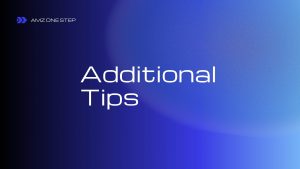
– Offer a discount on purchases made using an email address if they purchase through Amazon PPC
– Offer additional services with their order if it is being purchased through Amazon PPC (for example, offer free shipping)
– Include alternative purchase methods on your site if Amazon PPC is not the only way to purchase
– Include keywords in your product or service description that are related to the keyword list you created for this campaign
– Use high-quality, attractive pictures of your products or services when possible. People want what they see and often won’t buy something unless it looks good.
– Include a video on your product pages if you have the time and budget to do so. Videos are proven to increase conversions by up to 80%.
– Offer free shipping for Amazon PPC orders over $25 or more
Common Mistakes
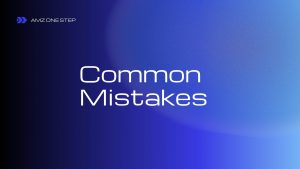
– They create an ad group with too many keywords. This can lead to a high budget spend without any conversions
– They set their bid cap at $0 and don’t change it as they go along. Amazon PPC campaigns take time, patience, and some investment to see results
– Setting up a campaign for the wrong product or service
– Not setting up negative keywords to avoid ranking for keywords you don’t want to rank on.
Conclusion

Amazon PPC can be an intimidating aspect of selling on Amazon. The key is to understand how PPC works and how to manage it. Start with automatic campaigns, learn the ropes and then move to manual campaigns. Finally, do your keyword research, create ad spend strategies, and add negative keywords.
Hopefully, this blog helps you on your Amazon PPC journey, and you have any questions, don’t hesitate to reach out! You can reach me on LinkedIn or on Twitter @nolanswriting.

Hi there! I’m the content marketing and branding specialist for AMZ One Step. I work hard to create engaging and informative content that helps our readers learn more about Amazon selling and how to make the most of their businesses. I love spending time with my family and exploring literary works when I’m not writing or working on projects.

